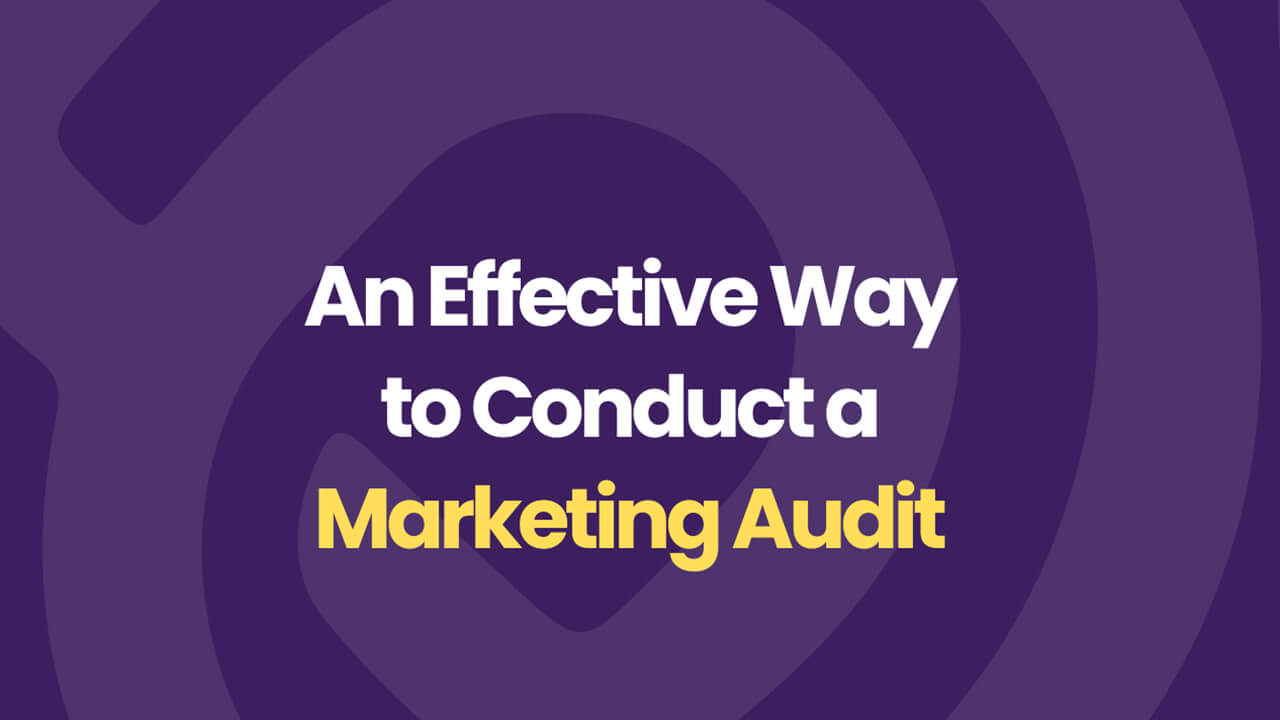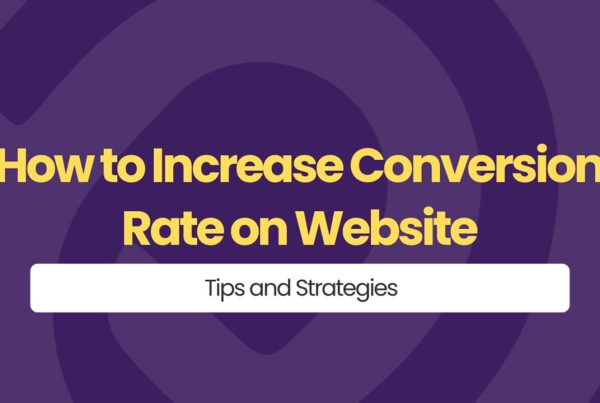
Ever felt like your marketing efforts are falling flat? In today’s fast-paced digital landscape, where trends shift in the blink of an eye, a marketing audit can bring the clarity you’ve been craving. It’s your opportunity to zoom out, spot inefficiencies, and realign your strategies with your actual business goals. A marketing audit doesn’t just highlight what’s broken, it also reveals what’s thriving and how to capitalize on it.
Moreover, it gives you a data-driven foundation to invest your time, money, and energy confidently. Whether you run a startup or a scaled enterprise, one thing remains true: marketing audits help you course-correct before small issues become serious setbacks.
What is a Marketing Audit?
A marketing audit is a comprehensive, systematic analysis of your marketing environment, objectives, strategies, and activities. It’s like giving your entire marketing system a health checkup.
This process evaluates all aspects of your current efforts i.e. your content, platforms, channels, metrics, and messaging. The aim is to find out what’s performing, what isn’t, and where the most promising opportunities for improvement lie.
Your marketing audit should be objective to eliminate bias, systematic to stay organized, and measurable and recurring to adapt as your market evolves. Some audits evaluate your full marketing strategy, while others focus on specific components like social media, paid advertising, or email marketing.
Benefits of a Marketing Audit
- Uncovers wasted budget: Audits reveal where money is being spent without delivering results, whether that’s underperforming ad channels, tools with overlapping functions, or campaigns that no longer serve your goals.
- Identifies misaligned goals: A marketing audit checks if your current strategies are supporting your business objectives. If there’s a disconnect, the audit flags it, so your marketing efforts aren’t working in a vacuum.
- Surfaces underperforming strategies: Not every campaign hits the mark. Audits help pinpoint which tactics are dragging down performance, so you can either optimize or cut them.
- Allows you to double down on what’s working: When you see what’s driving engagement, conversions, or revenue, you can invest more confidently in those high-performing areas.
- Improves ROI: By reallocating budget and resources to strategies that perform well and cutting the ones that don’t, you naturally boost return on investment across the board.
- Optimizes messaging: An audit examines how your messaging resonates with your audience. It helps refine tone, language, and positioning so your brand connects more effectively.
- Aligns marketing efforts with business plans: It ensures your day-to-day marketing activities are directly contributing to larger business objectives, like market share growth, lead quality, or customer retention.
- Supports agile response to market shifts: A well-executed audit gives you the data and insight to adjust your approach quickly in response to shifting trends, buyer behavior, or external disruptions.
- Enhances customer targeting: Through data review, you’ll better understand who your ideal customer is and how to reach them more precisely using segmentation, personalization, and platform strategy.
- Helps you stay ahead of industry shifts: Regular audits keep you on top of emerging trends, competitive moves, and technology shifts. You’ll spot threats and opportunities before they become urgent.
- Drives timely strategy changes: With AI and automation shaping how customers engage with brands, a marketing audit helps you adapt early, not late, ensuring your strategies remain relevant and forward-facing.
When to Conduct a Marketing Audit
Ideally, a marketing audit should be performed every six to twelve months. However, several indicators suggest it may be time to audit sooner. These include:
- A significant drop in KPIs or campaign performance
- A major business change, such as a product launch, merger, or rebrand
- Competitive pressure or the entry of a new player in the market
- Rapid technological advancement, such as shifts in AI tools or digital platforms
A proactive audit helps prevent crisis mode and ensures you remain aligned with both audience expectations and market trends.
Who Should Perform the Marketing Audit?
Marketing audits can be performed internally or externally, each with distinct advantages. Internal audits work well if your team has the time, tools, and expertise to remain unbiased. However, they can suffer from internal blind spots, especially if the same team developed the strategy being evaluated.
Hiring a third-party marketing audit service is often the most effective route. External auditors bring objectivity, deeper experience, and access to specialized tools. Some businesses use a hybrid approach, performing regular internal reviews with periodic third-party validations.
As Jacob Barnes, founder of FlowSavvy, advises, “Outsource your analysis from time to time. External audits can reiterate that your in-house team is on track and making the right moves. It also helps to reduce any biases in the assessments or conclusions.”
Preparing for a Marketing Audit
Start by defining what you hope to achieve. Are you looking to improve conversions, reduce churn, or increase visibility? With your goals in place, gather all your current marketing data and assets. This includes campaign reports, content calendars, email sequences, analytics reports, social media insights, and customer surveys. Inform all stakeholders about the audit process and assign clear roles to streamline communication and data sharing.
Being well-prepared allows for smoother execution and more meaningful insights.
Marketing Audit Checklist
An effective marketing audit typically covers the following areas:
Target Audience and Buyer Personas
Reassess your personas. Are they still accurate? Do they reflect evolving behaviors and needs? Inaccurate personas lead to ineffective messaging.
Website and SEO Performance
Check for mobile responsiveness, page load speed, and UX design. Review technical SEO, keyword rankings, and traffic sources using tools like Google Analytics and Search Console.
Social Media Effectiveness
Evaluate engagement, reach, and consistency across platforms. Identify top-performing posts and underutilized channels.
Email Marketing Metrics
Audit open rates, click-through rates, and unsubscribe patterns. Check if your email content aligns with customer interests and lifecycle stages.
Content Marketing Strategy
Analyze blog performance, bounce rates, and time-on-page. Outdated or thin content may need a revamp to meet EEAT standards.
Paid Advertising Campaigns
Assess ROI, targeting, and conversion data. Ensure tracking codes are firing correctly and budget allocations reflect performance.
Competitive Analysis
Study your competitors’ messaging, offers, and positioning. Benchmark against industry trends to uncover areas for differentiation.
SWOT Analysis
Identify your marketing strengths, weaknesses, opportunities, and threats. Use this as a framework to summarize where you stand.
Customer Feedback Review
Analyze support tickets, reviews, and surveys. Direct feedback is a goldmine for refining your marketing tone and targeting.
Step-by-Step Guide to Conducting a Marketing Audit
Step 1: Review Current Marketing Objectives
Compare your marketing goals with business KPIs. Are your efforts aligned with the results your leadership expects? If not, pinpoint where the misalignment begins.
Step 2: Analyze Marketing Channels
Break down each marketing channel. Are your social ads driving traffic but not conversions? Are email campaigns underperforming? Use analytics tools to identify bottlenecks.
Step 3: Assess Messaging and Branding
Check for tone consistency, visual branding coherence, and message clarity. Make sure your value proposition is clear across all touchpoints.
Step 4: Evaluate the Customer Journey
Use session recordings and analytics to trace paths from acquisition to conversion. Where do users drop off? What content makes them convert?
Step 5: Analyze Competitor Strategies
Research how top competitors structure their content, ads, and funnels. Reverse-engineer what’s working for them and adapt it to fit your audience.
Step 6: Review Analytics and Reporting Tools
Make sure tracking tools are configured properly. Are UTMs set? Are all conversions being tracked? Reliable data is the backbone of a reliable audit.
Step 7: Create Actionable Recommendations
Based on your findings, draft a clear action plan. Focus on quick wins and long-term improvements. Prioritize tasks by ROI and impact.
Step 8: Implement and Monitor Progress
Begin making changes based on your roadmap. Set milestones and KPIs to evaluate progress over time. Stay flexible to adjust strategies as new data emerges.
Marketing Audit Example: CRM SaaS Case Stud
Imagine you’re a marketing lead at a SaaS company selling a CRM. You’ve noticed a drop in customer signups and rising churn. Here’s how a marketing audit might unfold:
- Scope: Focus on blog content, email marketing, social media, and website messaging.
- Data collection: Use Google Analytics, Hotjar session recordings, CRM data, and customer churn surveys.
- Findings: Content performance dropped as new competitors published stronger EEAT-compliant material.
The website copy lacked clarity on updated product features. Social media was neglected after losing a dedicated team member. - SWOT analysis: Strengths included a solid brand and an experienced team. Weaknesses involved outdated strategies and poor content engagement.
Opportunities lie in international expansion and AI personalization. Threats included agile competitors and rising customer expectations. - Recommendations: Update blog posts with expert-level content. Redesign product pages. Hire or outsource a social media specialist. Use customer feedback to refine messaging.
Best Practices for Conducting a Marketing Audit
- Be brutally honest. Bias ruins audits.
- Use reliable tools for tracking and benchmarking.
- Always benchmark against industry standards.
- Document every step and make it shareable.
- Revisit audit insights regularly—not just once a year.
Common Marketing Audit Mistakes to Avoid
- Starting without a clear goal or scope
- Ignoring what competitors are doing
- Neglecting analytics or using incorrect data
- Overlooking customer feedback
Conclusion
Marketing audits help you improve results, avoid waste, and grow smarter. Done right, they’re worth every second.
FAQs
What is a marketing audit?
A marketing audit is a full analysis of your marketing strategy and execution. It identifies what’s working and what needs improvement.
What are the benefits of a marketing audit?
A marketing audit increases ROI, sharpens strategy, and improves alignment with business goals and customer needs.
How often should I do a marketing audit?
Ideally every six months to a year. More often if you’re scaling fast or noticing performance drops.
Can small businesses conduct marketing audits?
Yes. Even basic audits help small teams understand what’s effective and where to optimize.
What should be included in a marketing audit checklist?
Audience personas, SEO, social media, email campaigns, content, analytics, competitor research, and customer feedback.


